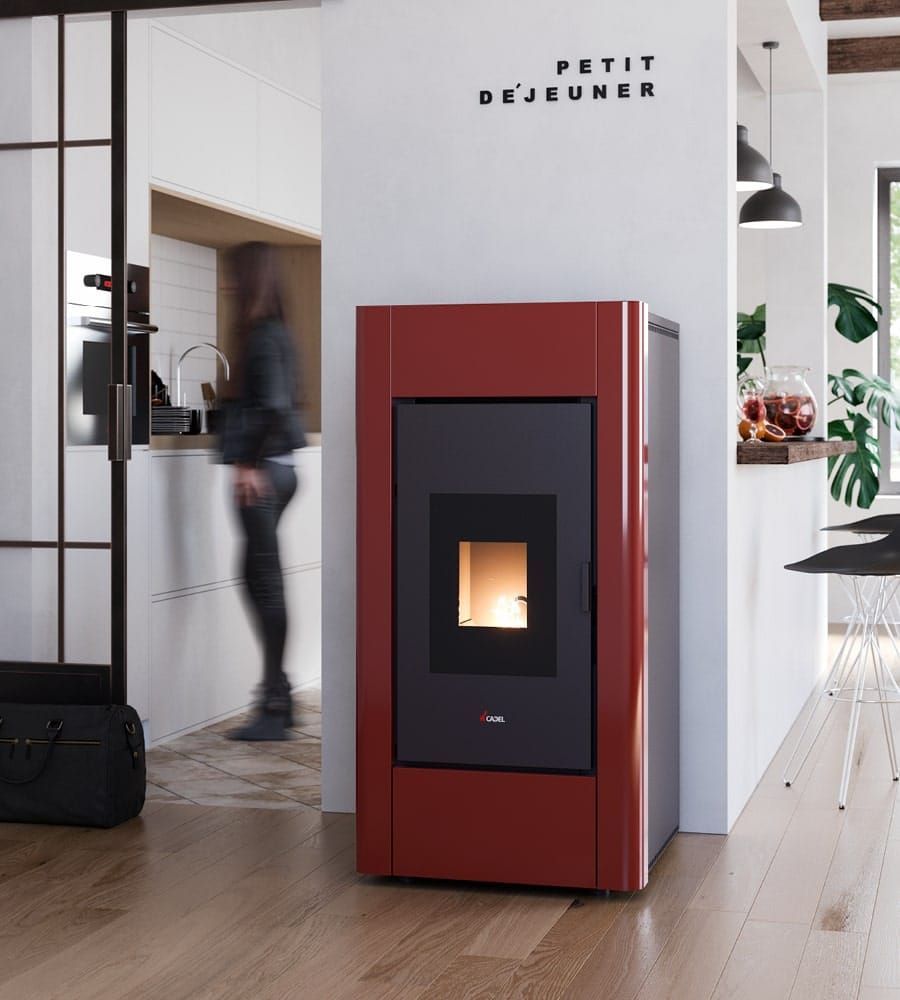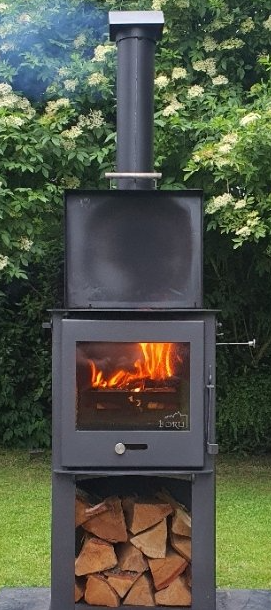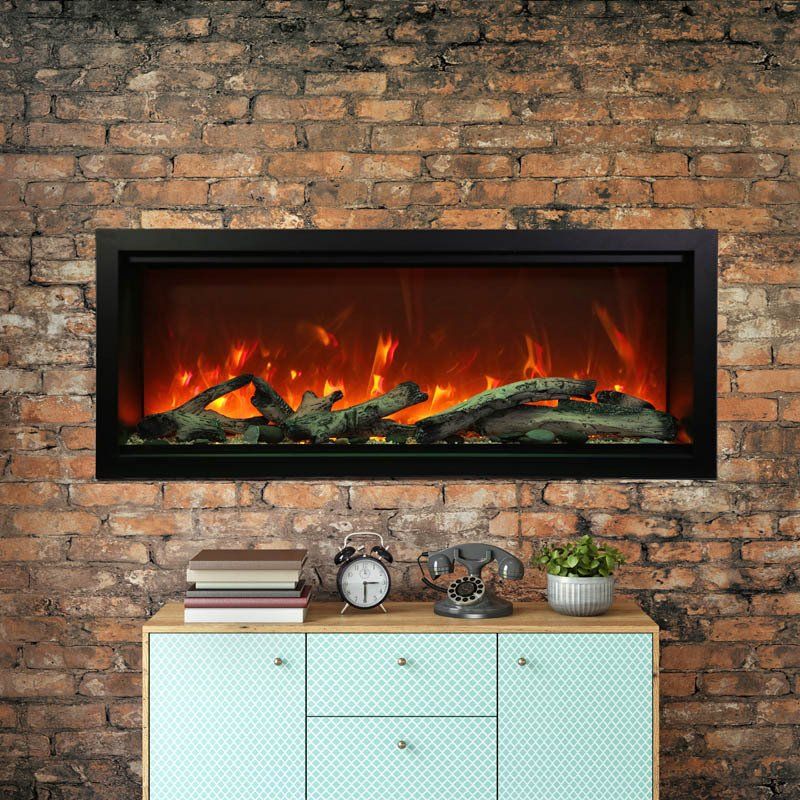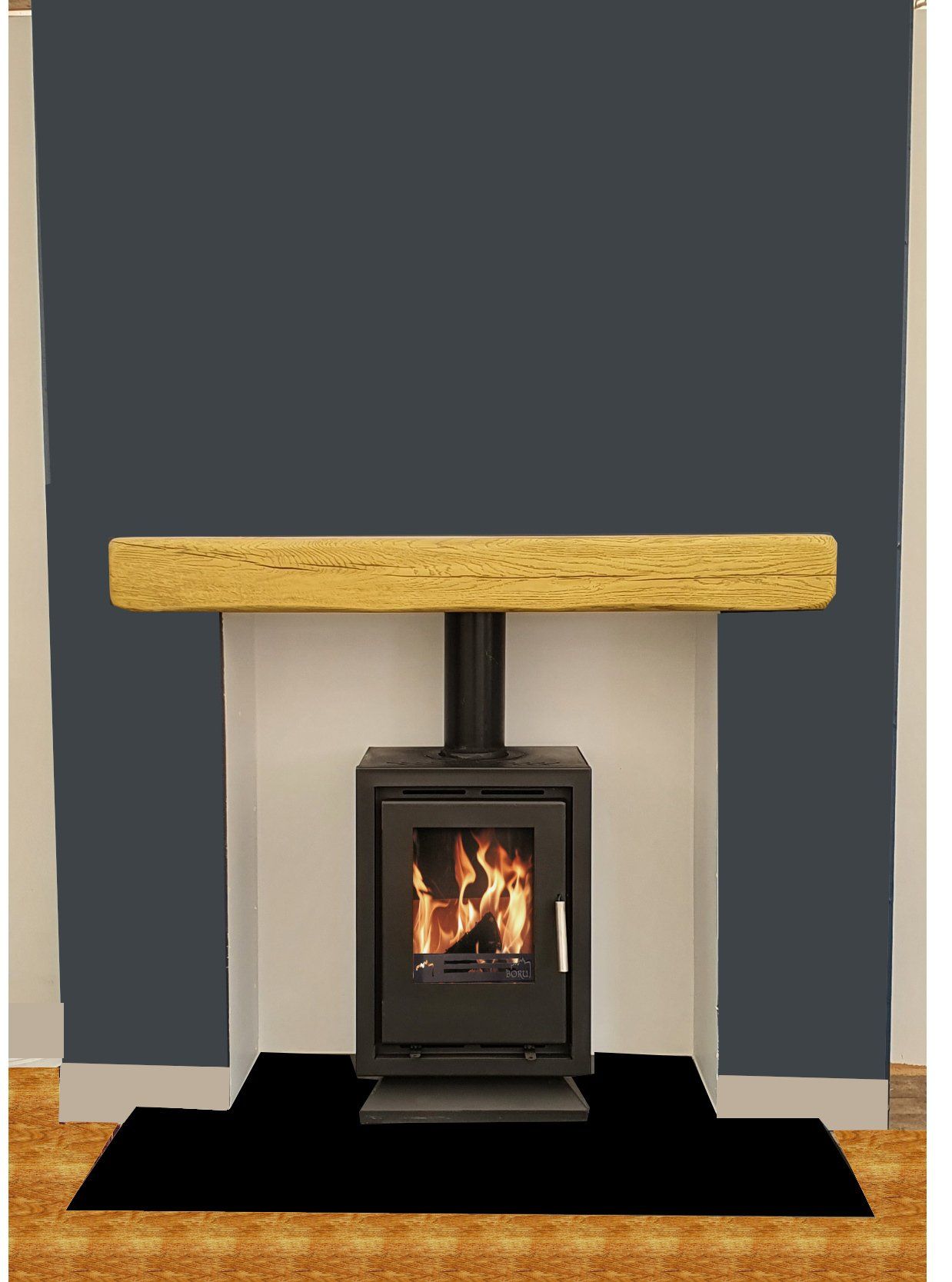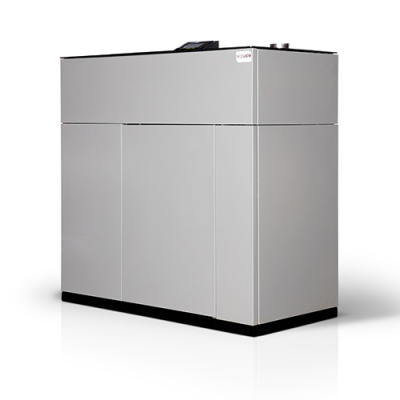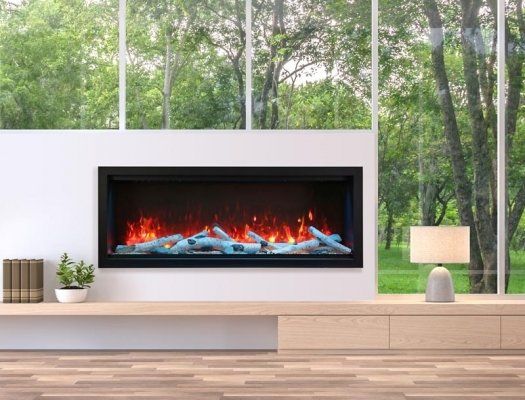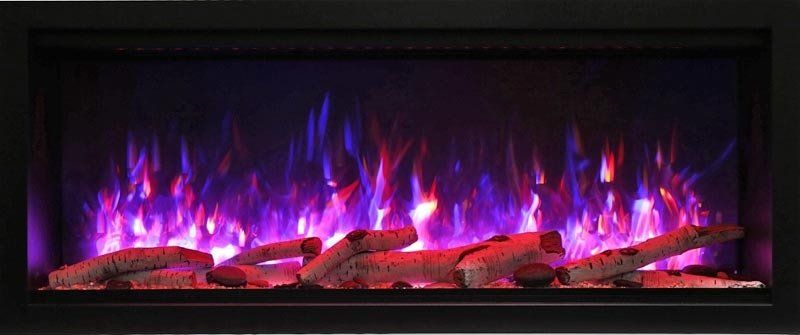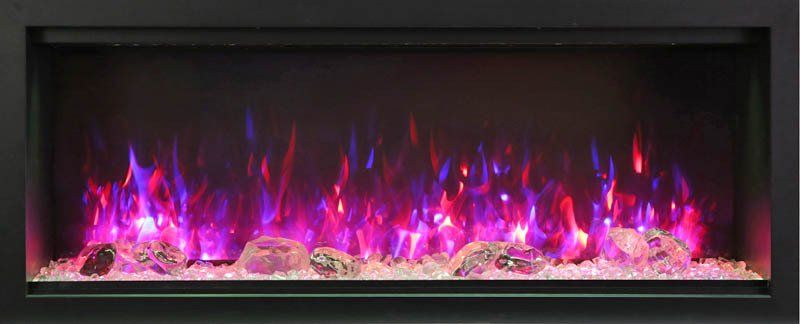How to cap off a wood burning stove
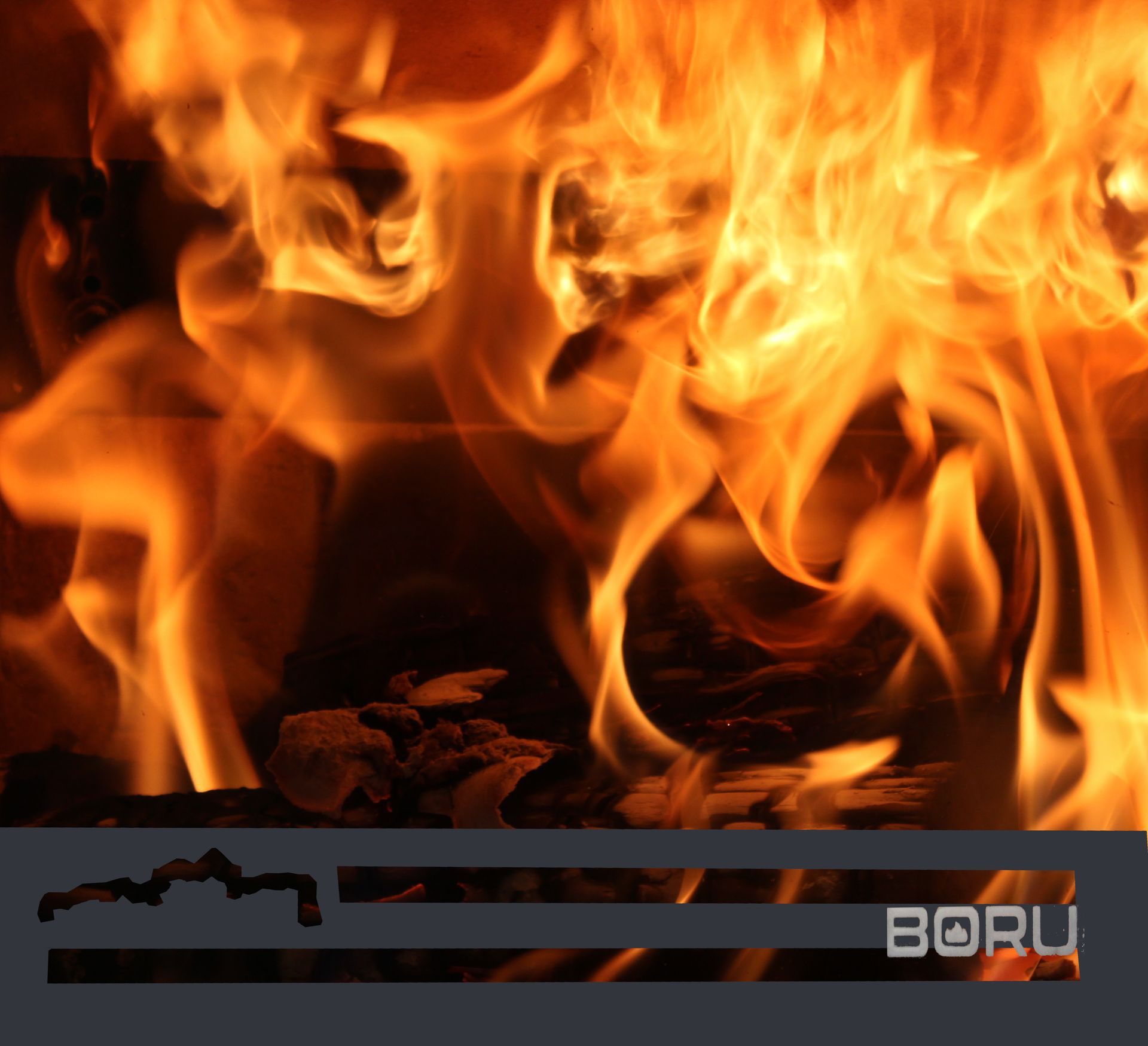
Wood burning stoves have long been a popular choice for heating homes, providing warmth and ambiance during the cold winter months. However, there may come a time when you need to cap off your wood burning stove, whether it's for safety reasons, maintenance, or a change in heating methods. Capping off a wood burning stove is a task that should be approached with caution and care. In this article, we will guide you through the process of safely capping off a wood burning stove to ensure both your safety and the integrity of your home.
Understanding the Need to Cap Off a Wood Burning Stove
There are several reasons why you might need to cap off your wood burning stove:
1.1. Transitioning to a Different Heating Source:
If you're switching to a different heating source, such as a gas furnace or electric heater, you'll need to cap off the wood stove to prevent drafts, heat loss, and potential hazards.
1.2. Safety Concerns:
If your wood burning stove is no longer safe to use due to damage or deterioration, capping it off is essential to prevent potential fires or carbon monoxide leaks.
1.3. Seasonal Closure:
Some homeowners prefer not to use their wood stoves during certain seasons. Capping off the stove can help maintain energy efficiency and prevent drafts during these periods.
Gather the Necessary Tools and Materials
Before you begin the process of capping off your wood burning stove, it's crucial to gather all the required tools and materials:
2.1. Safety Gear:
Safety goggles
Dust mask
Heavy-duty work gloves
2.2. Tools:
Wrenches (adjustable and pipe wrench)
Screwdrivers (flathead and Phillips)
Hammer
Pipe cutter or saw
2.3. Materials:
Stovepipe cap or plug (make sure it matches your stovepipe diameter)
High-temperature sealant (such as furnace cement)
Heat-resistant insulation (if needed)
Prepare the Area
Safety should always be a top priority when working with a wood burning stove. Begin by taking these precautions:
3.1. Clear the Surrounding Area:
Remove any flammable materials or objects from the vicinity of the stove to prevent accidents during the capping process.
3.2. Ventilate the Space:
Ensure good ventilation in the room to minimize exposure to dust, fumes, and potential toxins. Open windows and doors if possible.
Disconnect the Stovepipe
To cap off your wood burning stove, you'll first need to disconnect the stovepipe that connects the stove to the chimney or flue. Follow these steps carefully:
4.1. Allow the Stove to Cool:
Before starting any work, ensure the wood burning stove has completely cooled down. Hot surfaces can cause severe burns.
4.2. Remove the Stovepipe Sections:
Using your wrenches, carefully loosen and remove the stovepipe sections one at a time, starting from the stove and working your way towards the chimney. Be cautious when handling the pipes, as they may still be hot.
4.3. Inspect the Stovepipe:
Examine the removed stovepipe sections for any signs of damage or deterioration. If you notice any issues, address them before proceeding further.
Cap Off the Stove
Now that you've disconnected the stovepipe, it's time to cap off the stove. Follow these steps:
5.1. Clean the Stove Opening:
Remove any debris or soot from the stove's opening using a brush and vacuum cleaner. A clean surface is essential for a proper seal.
5.2. Apply High-Temperature Sealant:
Use a heat-resistant sealant, such as furnace cement, to create an airtight seal around the stove's opening. Apply the sealant evenly to ensure there are no gaps or leaks.
5.3. Install the Stovepipe Cap or Plug:
Place the stovepipe cap or plug over the stove's opening. Ensure it fits snugly and securely. If you're using a cap with screws, tighten them evenly to create a secure seal.
Insulate if Necessary
Depending on your specific setup, you may need to insulate the capped-off area to prevent drafts and heat loss. Follow these steps if insulation is required:
6.1. Measure and Cut the Insulation:
Measure the space between the cap/plug and the wall. Cut a piece of heat-resistant insulation to fit the gap.
6.2. Insert the Insulation:
Carefully insert the insulation into the space between the cap/plug and the wall, ensuring it fills the gap completely.
Final Checks and Safety Measures
Before considering the job complete, perform the following final checks:
7.1. Double-Check the Seal:
Inspect the seal around the cap/plug to ensure it's airtight. Address any gaps or leaks immediately.
7.2. Check for Drafts:
Light a candle or use a smoke pen near the capped-off area to check for drafts. If you see any movement of the smoke, you may need to reinforce the seal.
7.3. Restore the Surroundings:
Return any furniture or objects to their original positions and restore the room to its previous condition.
Conclusion
Capping off a wood burning stove is a task that should be approached with caution and attention to detail. By following the steps outlined in this guide and taking safety precautions, you can safely and effectively cap off your wood burning stove when needed. Whether you're transitioning to a different heating source, addressing safety concerns, or simply closing the stove for the season, proper capping ensures your home remains warm, safe, and efficient.

